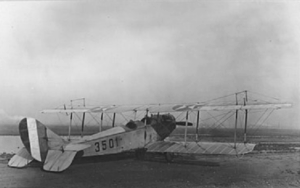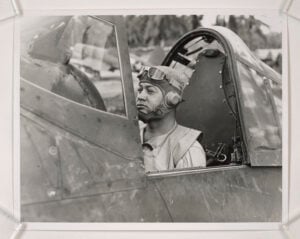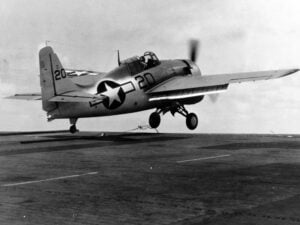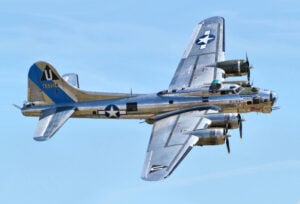The British Soldier Who Used a Longbow and Broadsword During the Battle of Dunkirk
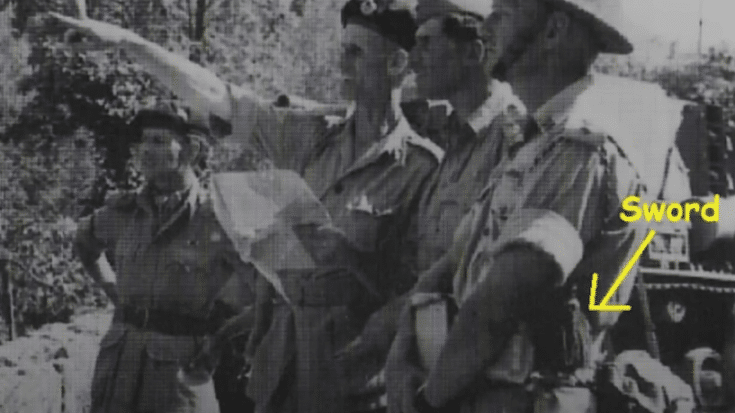
Wanderlust Wisdom: Travel, History, & Science / YouTube
In World War II, soldiers on the battlefield relied heavily on firearms and modern weapons. Yet, one British officer, Lieutenant Colonel John Malcolm Thorpe Fleming Churchill, known as “Mad Jack,” stood out by using weapons from the medieval era. Armed with a longbow and broadsword, Churchill fought with tools that seemed out of place in modern warfare but made a significant impression.
Born in 1906, Churchill was known for his fierce fighting style and larger-than-life personality. Graduating from the prestigious Royal Military Academy Sandhurst, he was stationed in Burma with the British Army during the late 1920s. However, after a period of peace, Churchill became restless and left the army in 1936, pursuing various interests, including working as a newspaper editor and even appearing in films. He also developed a deep passion for the bagpipes and archery, skills that would later define his military career.
When World War II began, Churchill returned to the army with an unusual choice of weapons. His longbow first made an appearance during the British retreat to Dunkirk in 1940, where he became one of the only soldiers in modern warfare to achieve a kill with a bow and arrow. During one battle in the French village of L’Epinette, he famously took aim at a German soldier and shot him through the chest with a barbed arrow, signaling the start of an attack.
The Battle of Dunkirk
Churchill’s unique style of warfare first gained attention during the chaotic retreat at Dunkirk. As Allied forces were being pushed back by the advancing Germans, many soldiers were struggling to defend themselves or hold positions. Churchill, however, stood tall with his longbow and sword, using guerilla tactics to take on enemy forces. While others were relying on rifles and machine guns, Churchill chose his medieval weapons to fight. His decision was not based on any outdated thinking but rather on his love for these traditional tools.
At Dunkirk, Churchill became a legend for his courage and bravery. He managed to lead several successful raids, taking the enemy by surprise with his bow and sword. In one instance, Churchill led an attack on a German position, striking first with his bow before his fellow soldiers joined in with their rifles. His actions not only boosted the morale of his troops but also showed the power of unconventional warfare in certain situations.
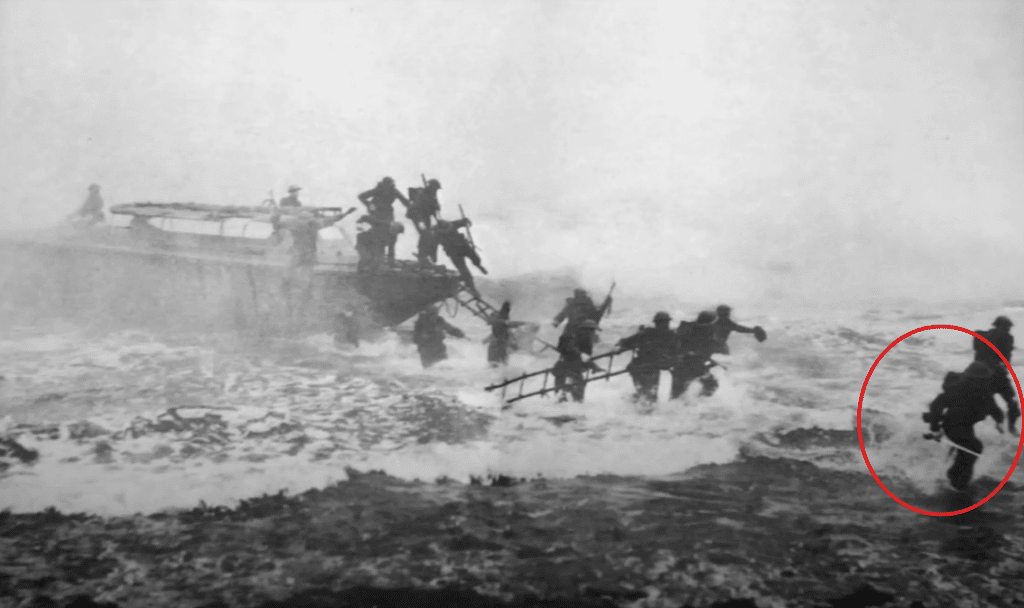
Operation Archery
In 1941, Churchill’s fame continued to grow with Operation Archery, a raid on Vågsøy Island in Norway. As his landing craft approached the shore, Churchill stood at the front, playing the bagpipes to boost the spirits of his men. Once they landed, Churchill threw a grenade at the enemy and charged with his sword into battle. His actions during this raid were considered daring, but for him, they were just part of his approach to war.
Churchill’s sword became more than a weapon; it was a symbol of his defiance against modern warfare. Armed with this blade, he captured more than 40 German soldiers during one raid. The sight of a British officer with a broadsword in hand was enough to confuse and terrify enemy troops. Churchill’s willingness to face danger directly, armed only with his medieval weapons, set him apart from others in the war.
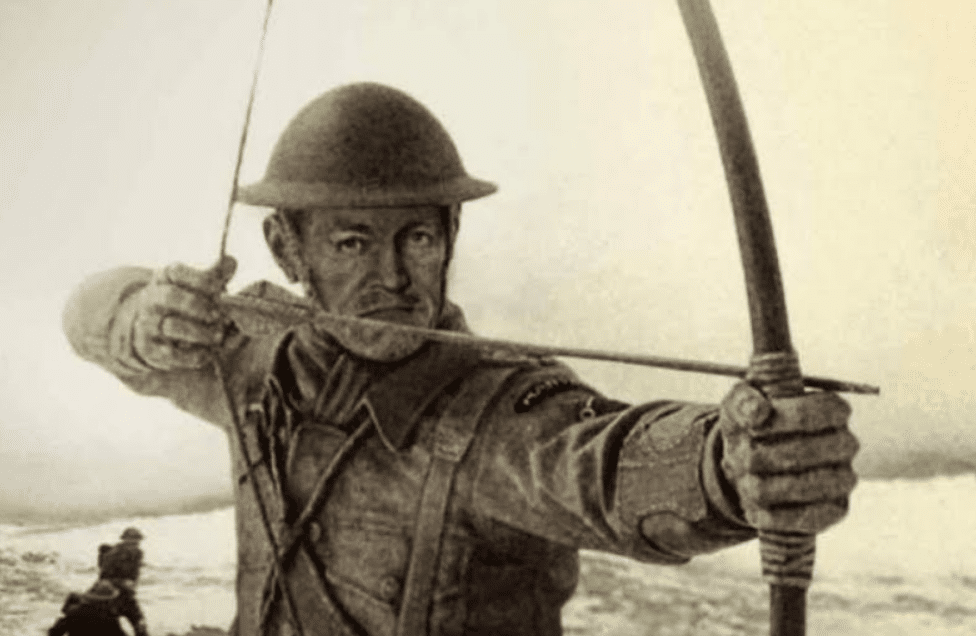
Italy Campaign
Churchill’s exploits extended to the campaign in Italy in 1943. Here, he continued his daring raids, often creeping into enemy positions at night with just his sword. On one such raid, Churchill and a corporal managed to capture 42 enemy soldiers by using surprise tactics. He was awarded the Distinguished Service Order for his bravery during this time.
However, Churchill’s bold actions did not always lead to victory. In 1944, during a mission to support the Yugoslav Partisans, he led an assault on the island of Brač. Facing overwhelming German resistance, he found himself the last man standing after his comrades were killed. Out of ammunition, Churchill stood alone, playing his bagpipes until he was knocked out by a grenade. He was captured and sent to a German POW camp, where he spent the next year.
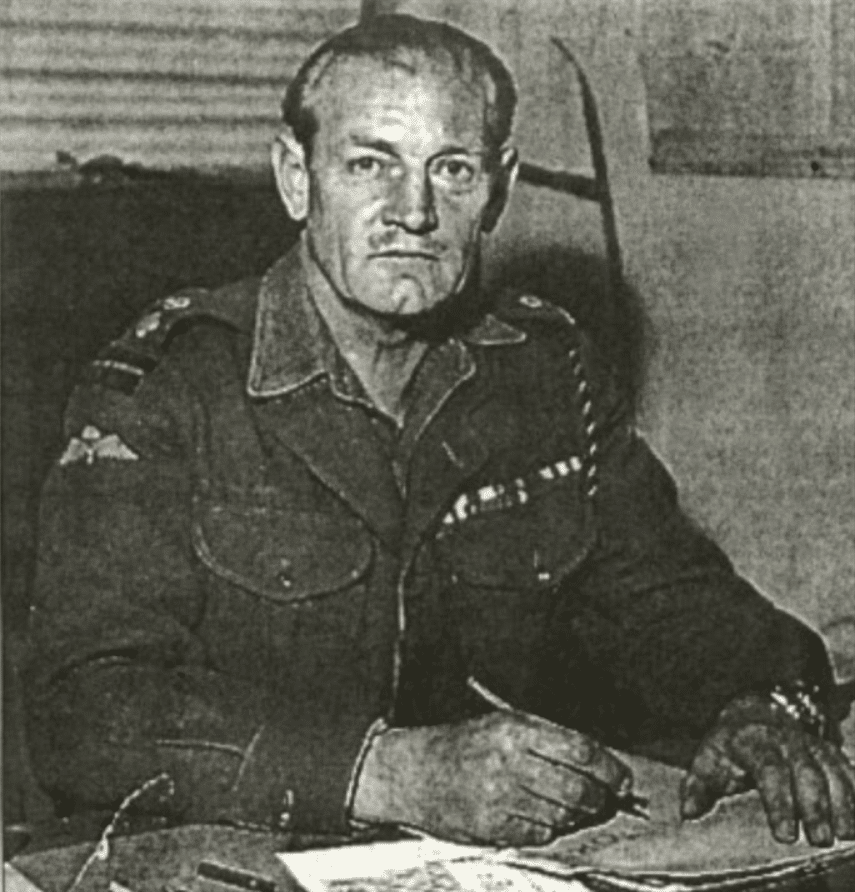
Prisoner of War and Escape
Churchill’s time as a prisoner of war was short-lived. In September 1944, he escaped from the Sachsenhausen concentration camp by crawling under a wire fence. He attempted to make his way across German-controlled territory to the Baltic Sea, covering over 100 miles on foot. However, he was recaptured just before reaching the sea. Churchill’s spirit remained unbroken, and he eventually escaped once more, this time from a camp in Italy. He traveled over 100 miles again, living off the land and making his way to the safety of Allied forces.
A Unique Soldier
Despite the hardships of war, Churchill never gave up his love for adventure. After World War II, he continued to seek out new challenges, training as a parachutist and serving in various capacities around the world. His passion for surfing even led him to Australia, where he spent his later years riding waves and designing surfboards.














